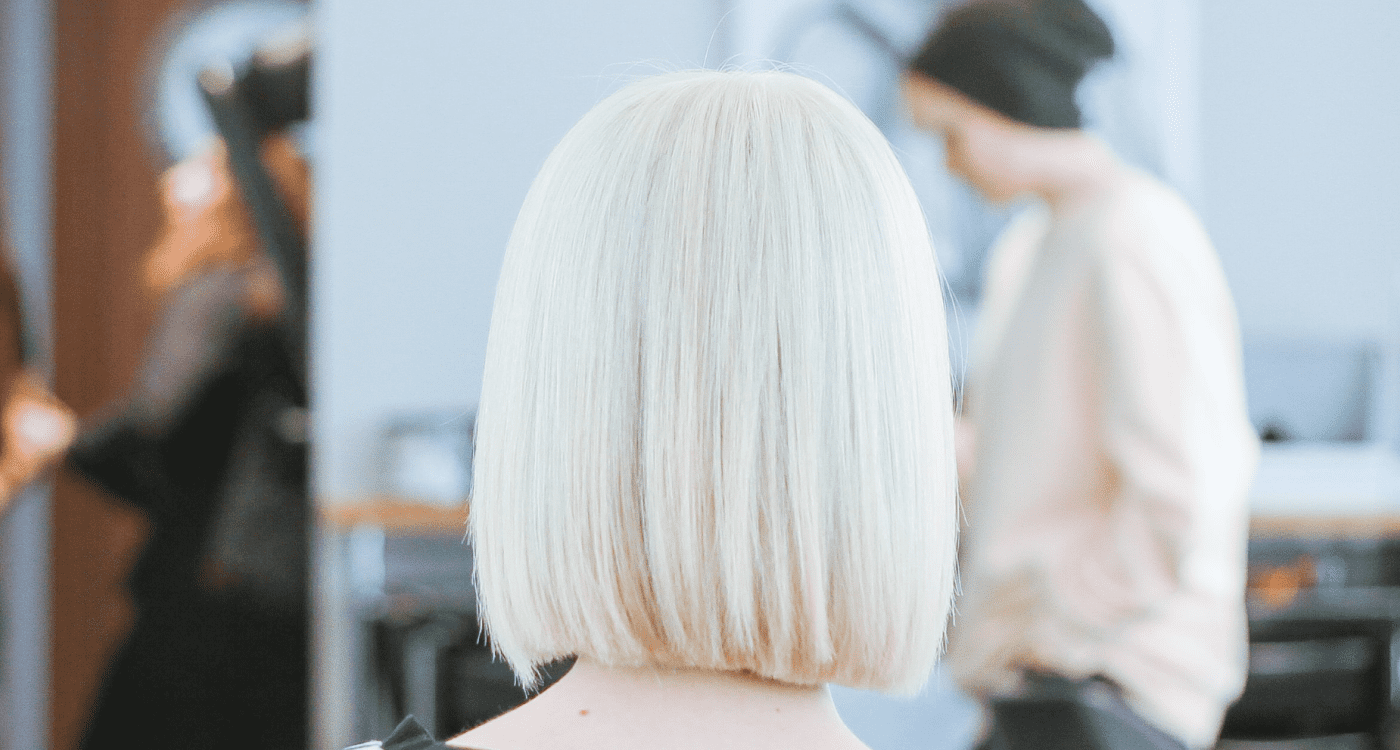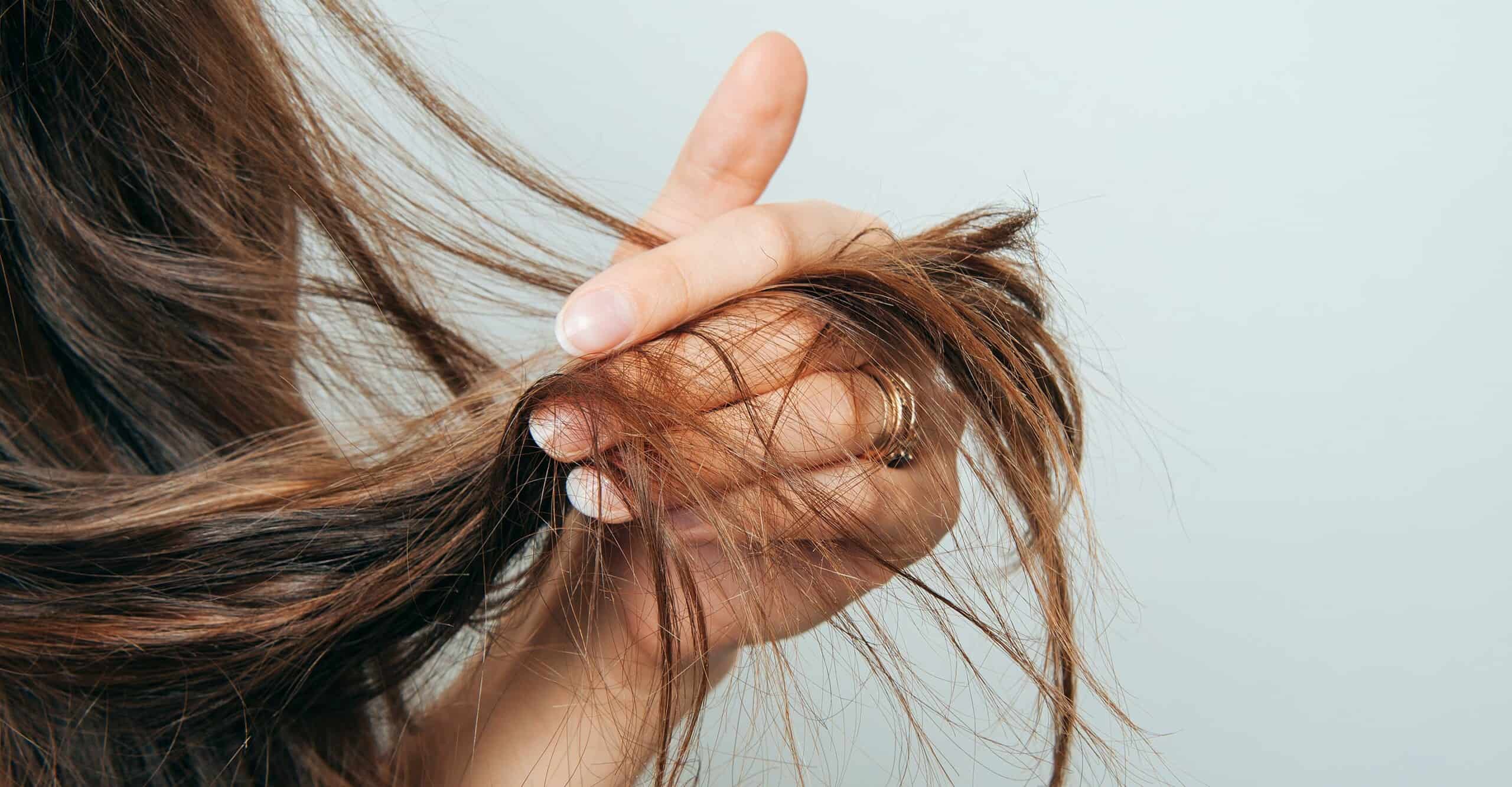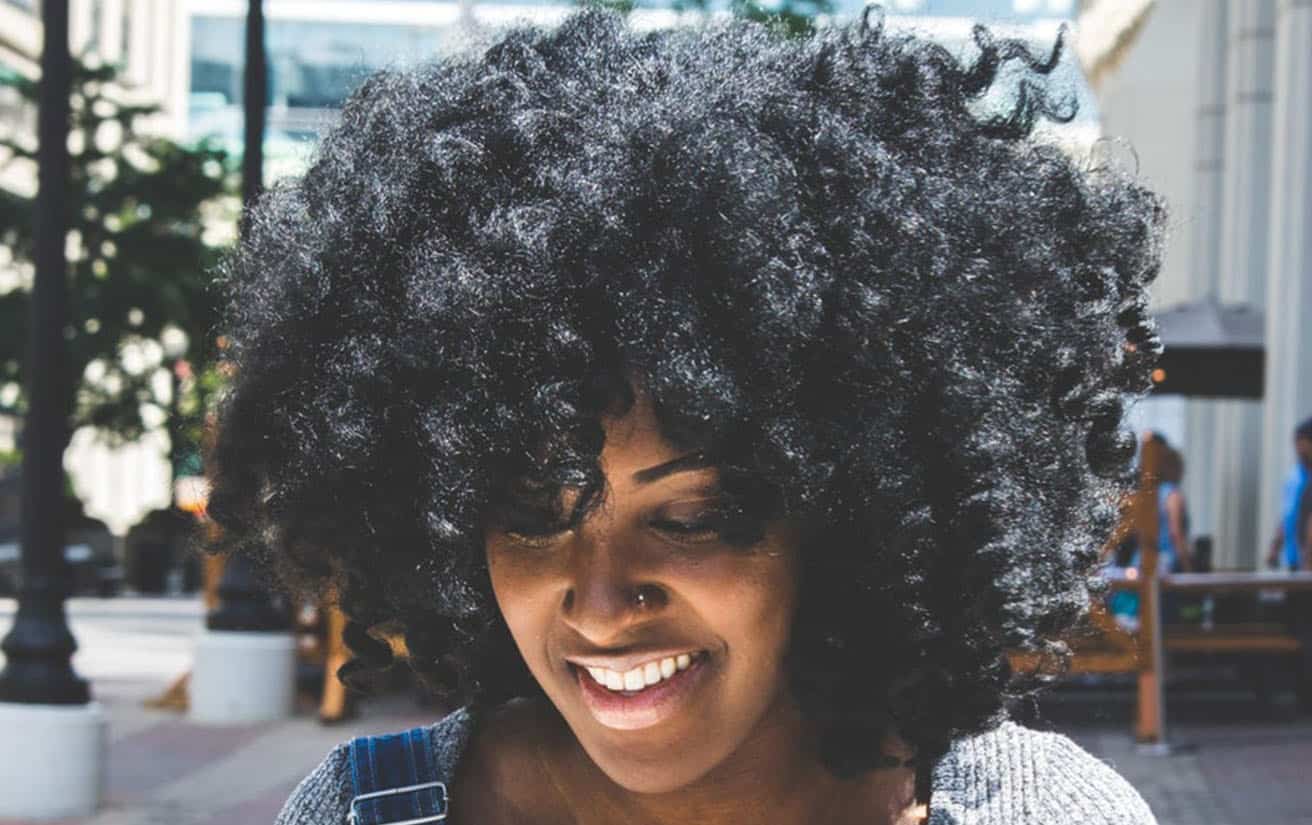How To Style Men’s Hair: 6 Tips for Beginners
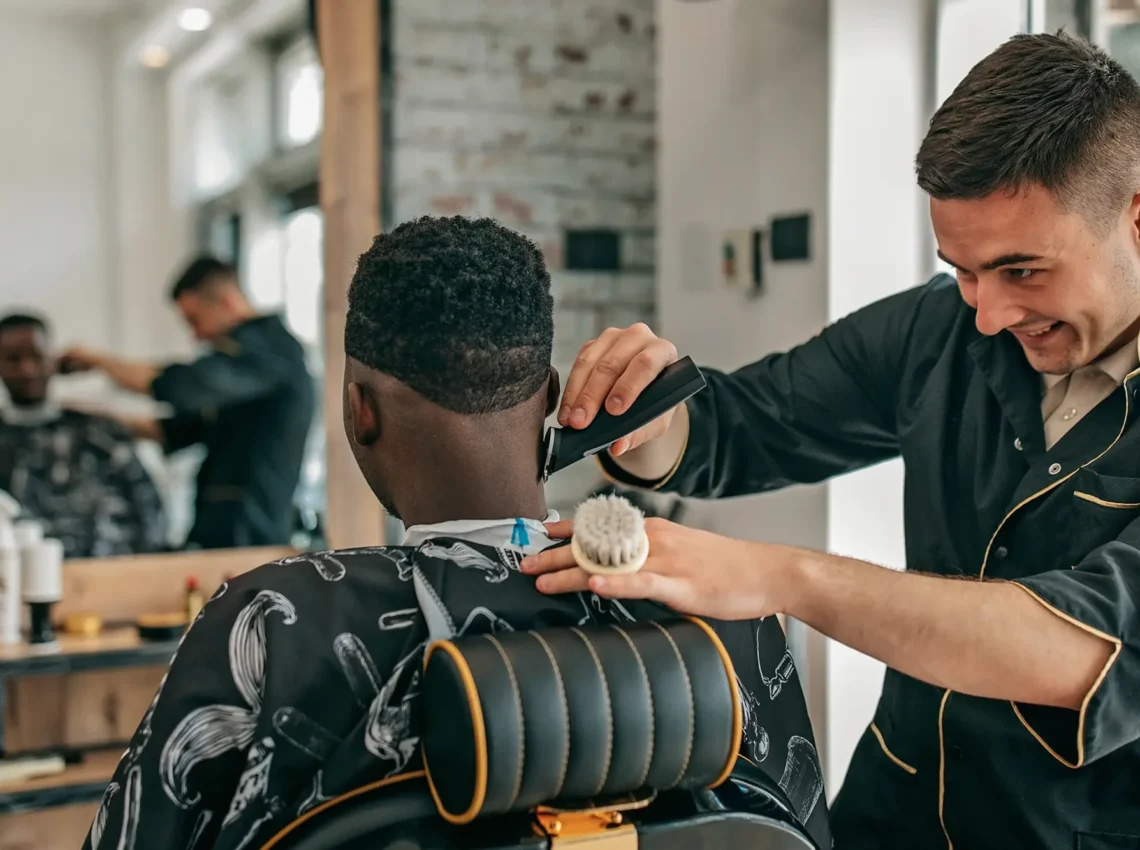
There’s no secret that makes styling men’s hair different from anyone else’s. But many men still struggle with getting their hair to look the way they’d like after a visit to the barber. In this guide, we’ll cover some of our favorite tips and tricks on how to style hair for men so you can feel empowered to try new styles and create a hairstyle that feels right for you.
How to style men’s hair

Styling hair for men isn’t different from styling anyone else’s. There’s a common myth that men’s hair grows faster, but genetics are the biggest factor for hair growth, regardless of your gender or sex.
The basic steps for styling hair are:
- Detangle
- Wash
- Condition
- Treat
- Dry
- Style
How often you follow this routine depends on your hair and scalp type. Some people need to wash their hair daily, while others can go a week or more between washes. When in doubt, consult your barber for a professional opinion on how to properly care for your hair.
Hair type, color, and whether or not it’s processed are factors that are more important for determining how to style and care for your hair. Below, we’ll cover how you can tailor your routine to your unique hair type and goals.
1. Figure out your face shape
Styling your hair is a great way to show off your face. Bangs, framing pieces, or sweeping all your hair back highlight your features in different ways. The main face shapes are:
- Heart: works with layers
- Oval: works with face-framing styles
- Diamond: works with soft styles and deep parts
- Square: works with long layered styles
- Round: works with structured blunt cuts
- Rectangle: works with lots of volume
- Triangle: works well with bangs and layers
Some people have a mix of face shapes, too. This isn’t a rule of thumb for flattering looks — rules were made to be broken anyway. However, if you’re lost on how to style your hair, determining your face shape is a good place to start.
2. Determine your hair type and texture
When you’re figuring out your new hairstyle, it’s essential to consider your natural hair type and texture. There are four basic hair types:
- Type 1: straight
- Type 2: wavy
- Type 3: curly
- Type 4: coily
Each hair type has its own unique needs. For example, someone with straight hair might require a daily wash to reduce oil, while someone with coily hair might be able to wait a week or more between washes.
There are some limitations in hair types that you can use styling products to overcome. For example, many straight-haired people struggle to get volume in their hair. But there are many products, like texturizing spray, that can help you create some lift at your roots.
3. Decide your ideal upkeep
Are you looking for a wash-and-go style, or do you enjoy taking some time to style your hair? This is an important consideration when you’re learning how to style your hair. Shorter haircuts are generally less maintenance, but your barber can help you find a low-maintenance hairstyle at any length.
For the least amount of maintenance, go with a style that works with your natural hair texture. Pin-straight hair isn’t going to wave without hot tools and styling products, and coily locks won’t straighten out without chemical treatments.
5. Select your hairstyle

Now it’s time to find some hair inspiration photos to bring to the barber for your next haircut. Search for photos with people who have a similar hair texture as you. However, keep in mind that many of these photos will feature people with professionally styled hair, so they’re not always a true indicator of what you might look like.
When in doubt, save lots of inspirational photos to bring to your barber. They know your hair type best and will help you find a hairstyle that you love.
4. Research hair products
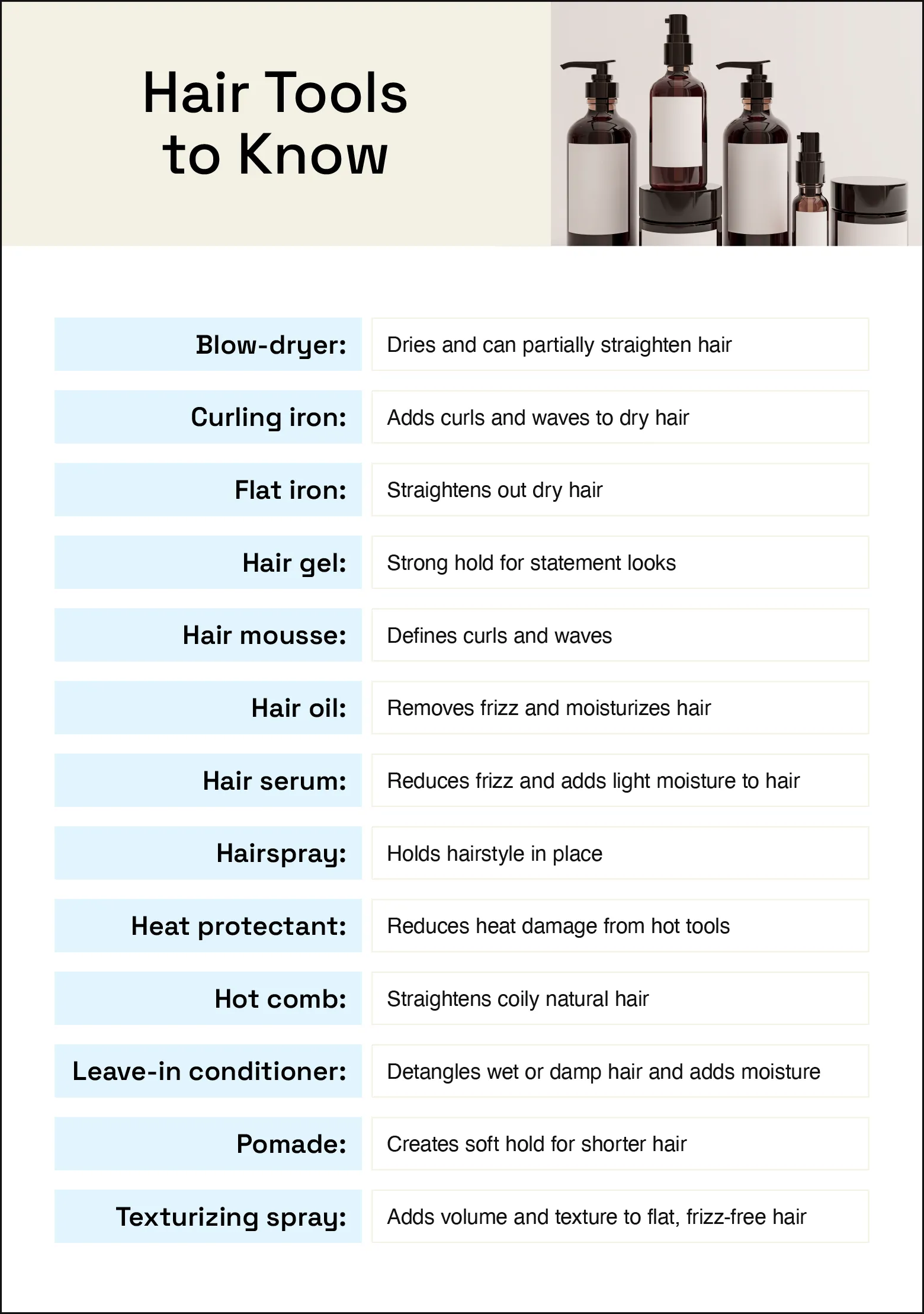
Once you’ve decided on your hairstyle, it’s time to research what styling products can help you get there. Here are some of the most common hair products and tools:
- Blow-dryer: dries and can partially straighten hair
- Flat iron: straightens out dry hair
- Curling iron: adds curls and waves to dry hair
- Hot comb: straightens coily natural hair
- Hairspray: holds hairstyle in place
- Heat protectant: reduces heat damage from hot tools
- Pomade: creates soft hold for shorter hair
- Texturizing spray: adds volume and texture to flat, frizz-free hair
- Hair oil: removes frizz and moisturizes hair
- Hair mousse: defines curls and waves
- Hair gel: strong hold for statement looks
- Hair serum: reduces frizz and adds light moisture to hair
- Leave-in conditioner: detangles wet or damp hair and adds moisture
You don’t want to overload your hair with products. If you do, your shampoo won’t be able to remove all the residue and you’ll be left with dull, greasy hair. Choose two to three products to start and experiment with what looks best on you.
6. Learn how to dry hair properly
There are two main options for drying your hair. You can let your hair air dry, meaning without hot tools, or blow-dry it. Your hair is most delicate when it’s wet, so it’s important to dry it properly when you’re styling it.
Air-drying works best for hair types that are prone to breakage and frizz. However, if you have very thick hair, then it might take too long to air dry. Some people find that air drying can emphasize naturally frizzy hair. Play around with different serums and leave-in conditioners to achieve smooth strands without a blow-dryer.
For any hair type, it’s important to avoid using a bath towel to dry your hair. If you can’t resist walking around the house with your wet hair tied up, purchase a microfiber hair towel or tie your wet hair up in a T-shirt for a damage-free air-drying routine.
How to use a blow-dryer
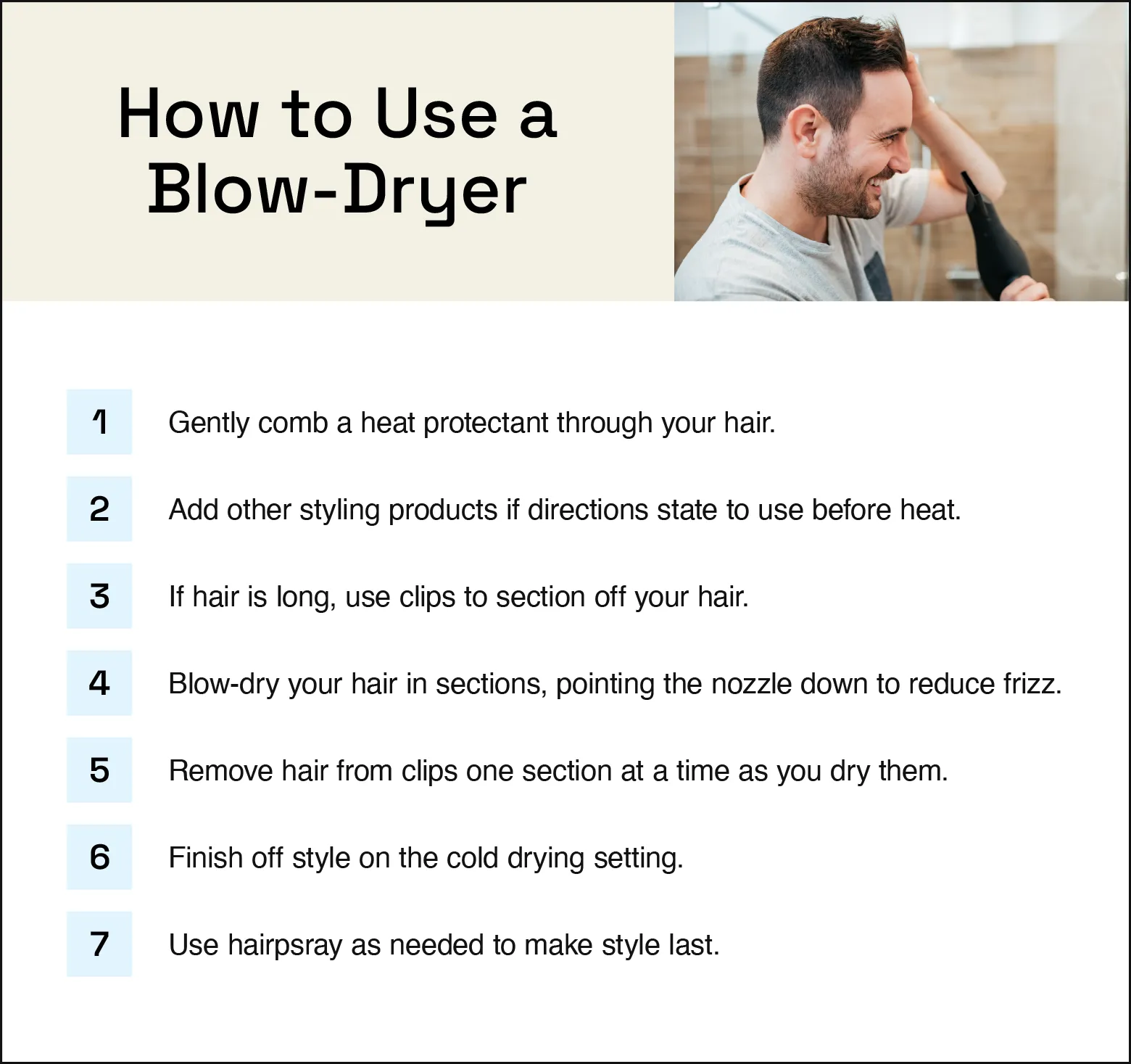
Blow-dryers can be intimidating if you haven’t used them before. Luckily, they’re pretty simple to master once you’ve got some practice under your belt. Try this basic blow-drying routine to try out this common hot tool:
- Gently comb a heat protectant through your hair
- Add other styling products if directions state to use before heat
- If hair is long, use clips to section off your hair
- Use blow-dryer to dry your hair in sections, pointing the nozzle down to reduce frizz
- Remove hair from clips one section at a time as you dry them
- Finish off style on the cold drying setting
- Use hairspray as needed to make style last
If you’re still having trouble with your blow-dryer, tools like a blow-drying hot brush, which is a hair dryer that works as you brush your hair, can make the process simpler. This tool is good for beginners, especially if you want a traditional blowout, because it brushes and dries your hair at the same time. However, they’re not great for daily use because of the limited heat options.
How to style hair for men FAQs
There are many different products and styling strategies you can use depending on your hair type and style. Generally, your routine should always include:
● Detangling
● Washing
● Conditioning
● Treatments
● Drying
● Styling
If you’re lost on how to do these steps or which products to use, consult your barber for guidance or a hairstyling tutorial.
If you want a more streamlined hairstyling process, choose a styling routine that works with your natural hair texture. For example, the curly girl method, which is a method people of any gender identity can use, is a set of rules that helps nourish curls and improve curl definition. If you have naturally curly or wavy hair, using the curly girl method will look more natural than straightening your hair every day.
Soft hair is hydrated hair. If you find that your hair is always frizzy after your shower, it’s probably lacking moisture. Try putting your conditioner and leave-in products on hair that’s wet, not just damp. You also don’t need to rinse out all the conditioner in the shower. These tips will help your hair hold onto more moisture and feel softer.
When you’re dipping your toes into the world of styling your own hair, don’t be afraid to make a hair consultation appointment with your barber to get their expert tips on how to style your hair. With some patience and practice, you’ll nail your hairstyle in no time.
